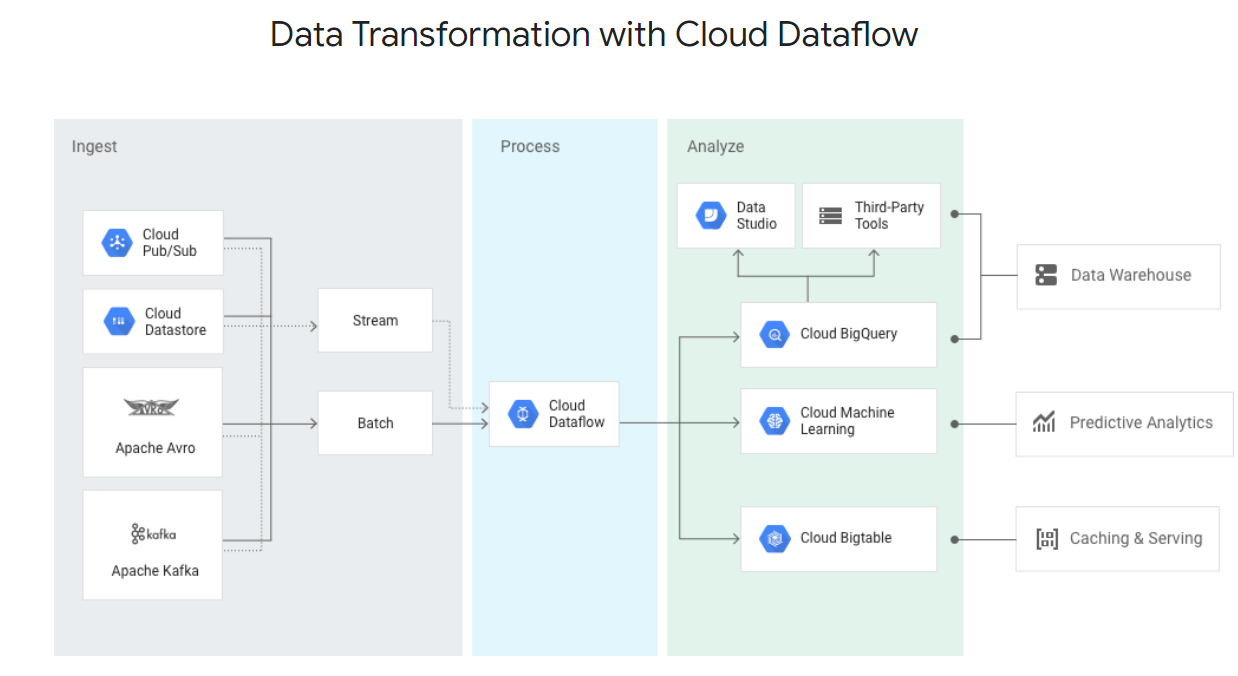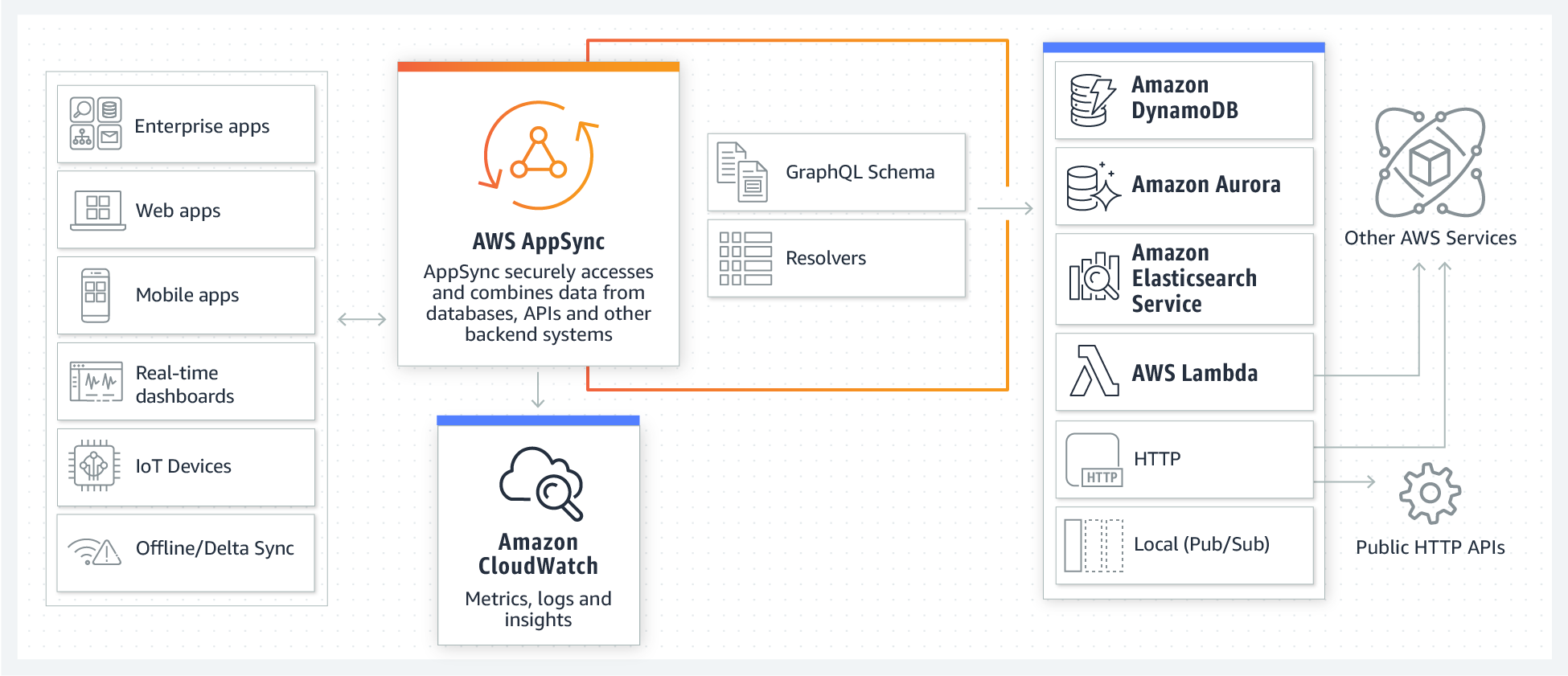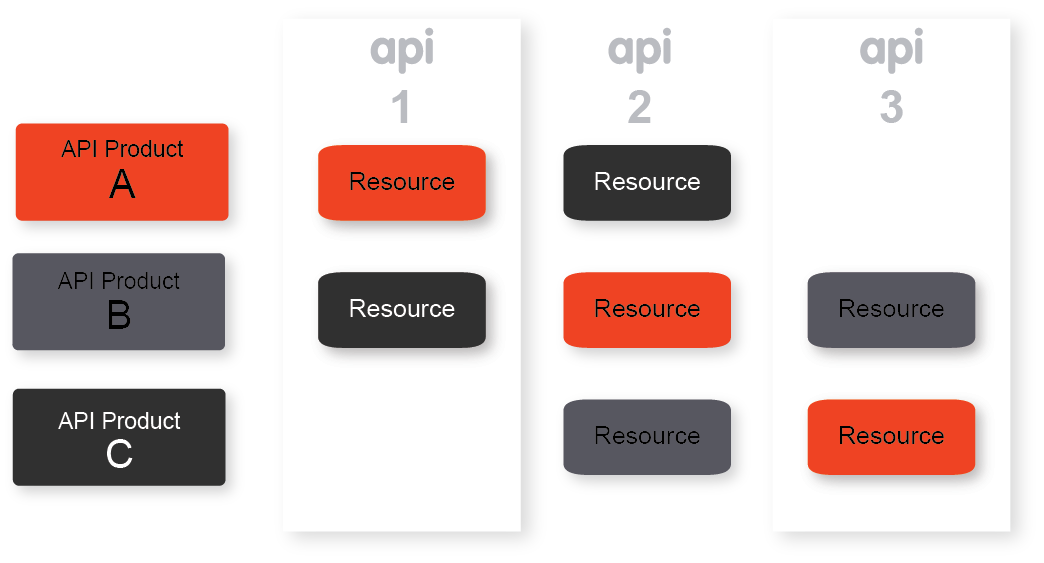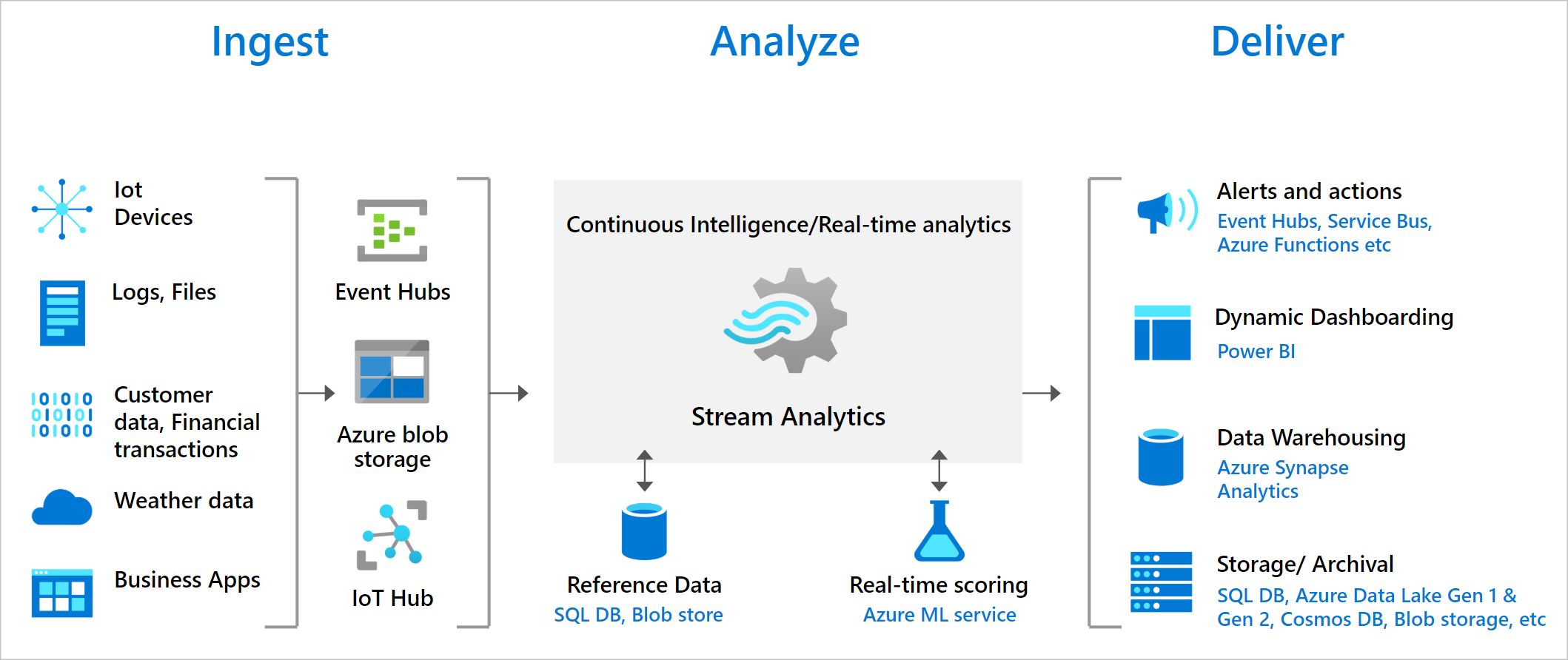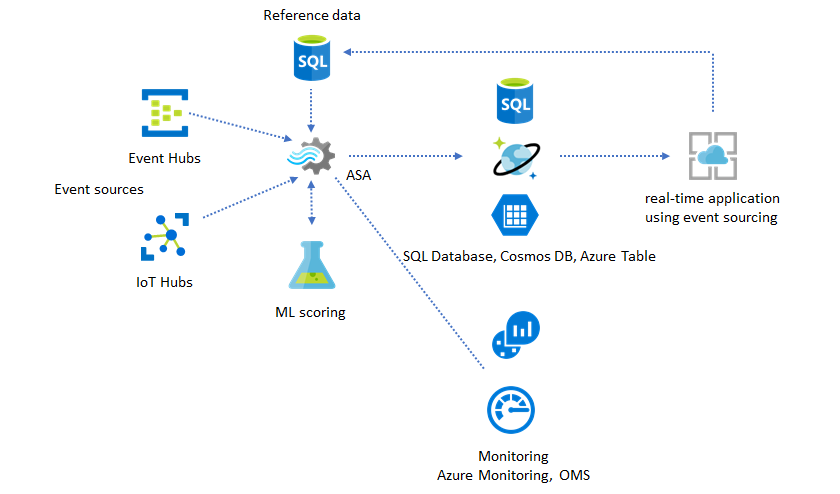-
[AWS] Simple Notification Service (SNS)
Fully managed pub/sub messaging for microservices, distributed systems, and serverless applications.
-
[AWS] Simple Queue Service (SQS)
Fully managed message queues for microservices, distributed systems, and serverless applications.
-
[AWS] MQ
Managed message broker service for Apache ActiveMQ.
-
[Google Cloud] Pub/Sub
Global messaging and event ingestion made simple.
-
[Azure] Service Bus
Reliable cloud messaging as a service (MaaS) and simple hybrid integration.
-
[AWS] EventBridge
Serverless event bus that connects application data from your own apps, SaaS, and AWS services.
-
[Azure] Event Grid
Get reliable event delivery at massive scale.
-
[AWS] Managed Streaming for Apache Kafka (Amazon MSK)
Fully managed, highly available, and secure Apache Kafka service.
-
Google Dataflow
Fast, unified stream and batch data processing.
-
[Azure] Stream Analytics
A real-time analytics and complex event-processing engine that is designed to analyze and process high volumes of fast streaming data from multiple sources simultaneously.
-
[AWS] Step Functions
Build distributed applications using visual workflows.
-
[Google Cloud] Composer
A fully managed workflow orchestration service built on Apache Airflow.
-
[Azure] Logic Apps
Quickly build powerful integration solutions.
-
[AWS] API Gateway
Create, maintain, and secure APIs at any scale.
-
[AWS] AppSync
Power your applications with the right data, from one or more data sources, at global scale.
-
[Azure] API Management
Hybrid, multi-cloud management platform for APIs across all environments.
-
[Google Cloud] Endpoints
Develop, deploy, and manage APIs on any Google Cloud back end.
-
[Google Cloud] Apigee API Management Platform
Design, secure, analyze, and scale APIs anywhere with visibility and control.
-
[Google Cloud] Apigee Hybrid
Hybrid deployment option for managing APIs.
-
[Google Cloud] Healthcare API
Accelerate your healthcare solution development with fully managed, enterprise-scale, HL7® FHIR®, HL7® v2, and DICOM® APIs.









